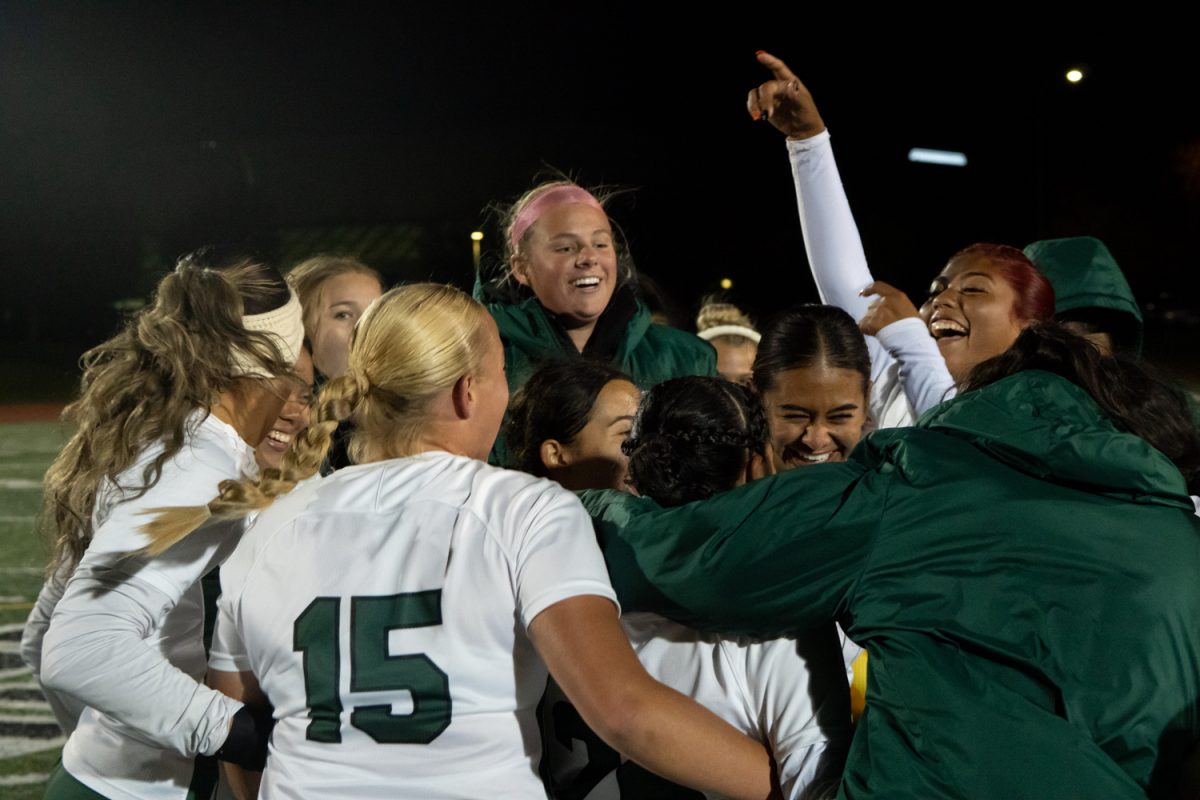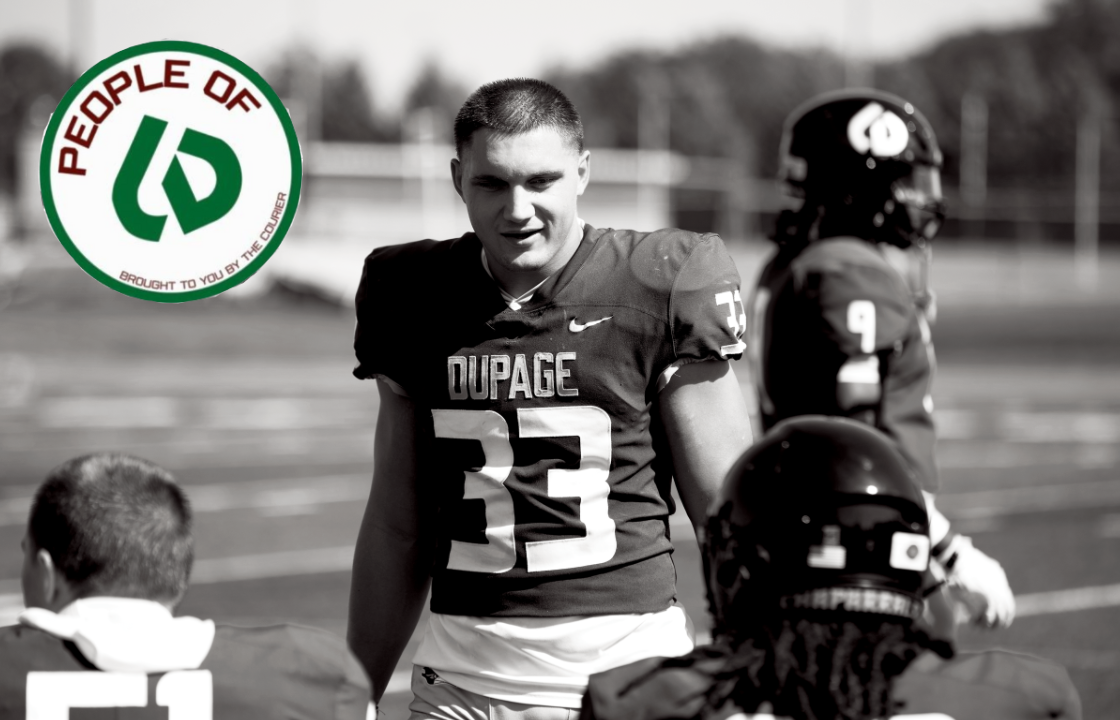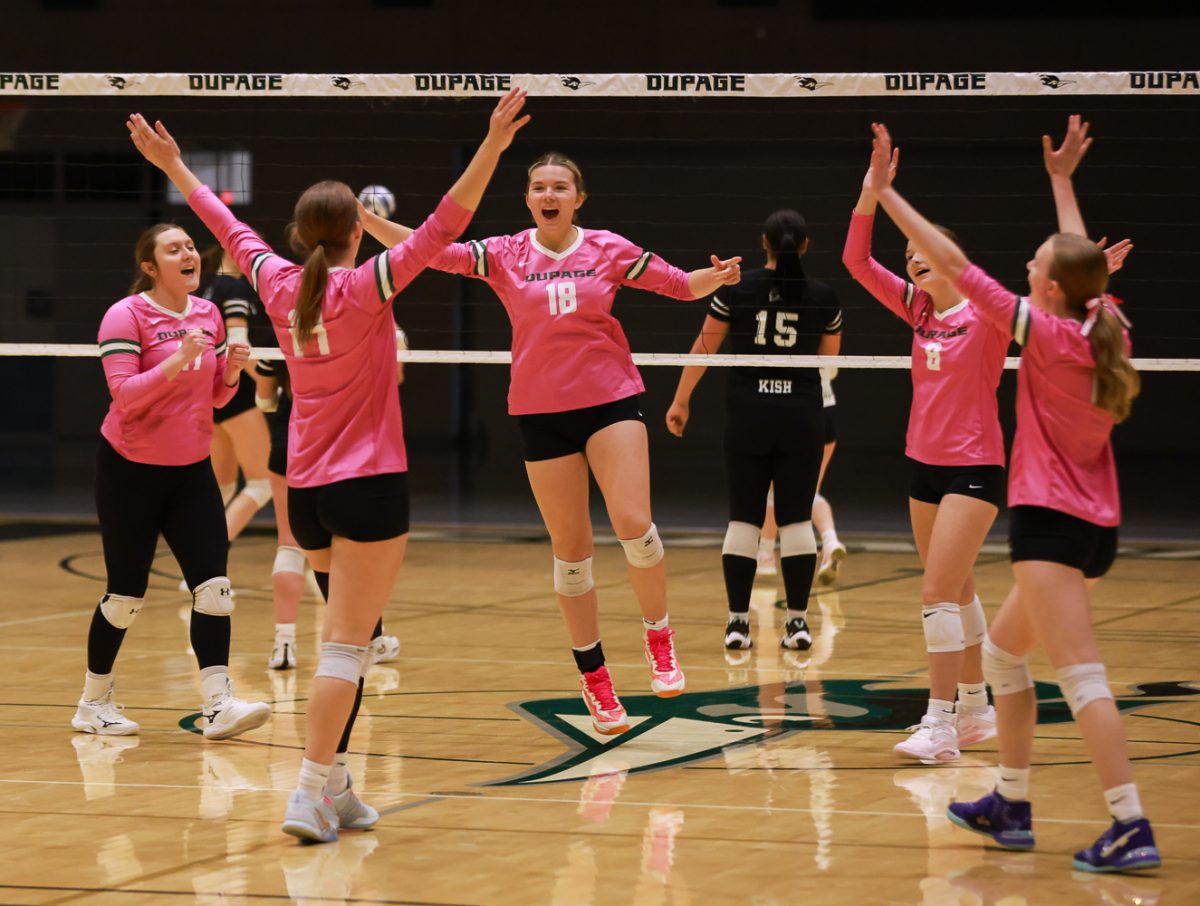OPINION: Fixing hiring practices to increase faculty diversity
Closing the gap in diversity between an institution’s student body and its faculty
July 2, 2019
While institutions continue to work toward improving the diversity of their students, another aspect of diversity work receives precious little attention: faculty.
More than three-quarters of full-time faculty members are white, according to the National Center for Education Statistics. Just six percent of full-time faculty are black, even as black students now make up at least 16 percent of those enrolled in college. And, despite a dramatic increase in Hispanic student enrollment, under five percent of faculty are Hispanic.
The lack of racial diversity within so many institutions’ faculty is antithetical to the central mission of higher education. It is not only disheartening from a hiring perspective but also hurtful to students of color and others whose diversity colleges celebrate. Research shows that students benefit from exposure to faculty who share similar characteristics, such as race, ethnicity or religion. So, too, do majority students — and institutions as a whole — benefit from the broader perspectives that a diverse faculty brings to campus.
When examining this equity gap, it can be easy to classify the challenge as a lack of qualified candidates — a so-called “pipeline” issue. The very nature of faculty positions demands that candidates have advanced degrees. Underrepresented groups’ lack of access to these degrees, the thinking goes, results in a smaller pool of potential faculty members and, by extension, a less diverse faculty. However, an overemphasis on “pipeline” overlooks the roles of institutional hiring policies and practices in perpetuating a less diverse faculty.
To truly address the equity gap, colleges and universities cannot sit back and blame a homogenous talent pipeline. They must proactively work to implement policies that will have an immediate impact. Academic leaders must make diversity a priority. They should launch new policies and processes, and then follow through on implementing them, emphasizing that diversity will be a consistent focus moving forward.
Hiring committees are a vital part of the faculty hiring process and are often the most influential force in deciding who joins the faculty and in shaping the composition of the faculty. To reduce conscious and unconscious bias in this important group, colleges and universities should put into place deliberate practices and policies that create a dialogue among committee members about how they can be more inclusive.
To understand exactly what this would look like, consider the institution where I work, the University of Maryland, Baltimore County. For years, many members of our faculty had been involved in faculty diversity initiatives. In 2015, knowing we still needed a more focused and intentional approach, the university launched its Committee on Strategies and Tactics for Recruiting to Improve Diversity and Excellence, or STRIDE. Based on a similar program at the University of Michigan, the STRIDE committee — comprised of highly respected faculty who are committed to diversity and inclusion — works with search committees and department leaders to improve diversity and inclusion efforts in the recruitment process.
The committee functions as a team of peer educators to those making the hiring decisions, offering campus-wide focused conversations, as well as targeted consultations to search committees, that cover all steps in the hiring process, including developing an active recruitment plan, crafting an inclusive job advertisement, developing evaluation criteria, and creating inclusive interview processes and protocols.
In addition to the services provided by the STRIDE committee, UMBC has adopted formal hiring processes aimed at increasing diversity. The university uses Interfolio to compare the diversity of a job applicant pool for a given opening to that job’s national diversity average. Any time the search committee narrows the applicant pool, the dean of the department receives a new report further detailing the diversity of that pool. No search committee can advance the hiring process without the dean’s review and approval.
Before any search to fill a position even begins, the department is also required to outline a diversity recruitment plan. Administrators will then check in with the committee at each stage of the hiring process to ensure it is sticking to the diversity plan. This plan must lay out how the department will determine the composition of the search committee, what strategies will be used for advertising the role, and what language will be used in those advertisements.
Crafting an inclusive job advertisement is vital. Research shows that certain wording in a job posting can discourage specific groups of applicants from applying. Traditionally and stereotypically masculine language can deter female applicants, for example, while the way certain desired traits are described can deter ethnic minorities. Often, recruiting is all about asking, “What can the candidate do for us?” When crafting an inclusive job ad, it’s important to put ourselves in candidates’ shoes and think, “What do they need from us?”
Hiring committees and departments must also be proactive. They cannot simply place an advertisement — no matter how finely tuned the language — and expect CVs from diverse candidates to start filling their inboxes. UMBC, for example, brings faculty members each year to the Southern Regional Education Board’s Institute on Teaching and Mentoring, the largest convening of minority Ph.D. students looking to be hired for faculty positions.
In addition to increasing the diversity of their hires, institutions also have a responsibility to ensure that all faculty feel a true sense of institutional support, rather than feel like they were a “diversity hire.” Women and people of color in academia face unique challenges and can benefit from specialized support that is designed to meet their specific needs. To ensure that diverse individuals succeed as faculty members, institutions can develop mentoring programs to help them reach their full potential. To that end, UMBC’s STRIDE committee also offers focused conversations and consultations on retention efforts and how to design inclusive mentoring initiatives.
The work being done by institutions like UMBC and the University of Michigan is vital. Colleges and universities cannot allow such disparities to exist between the diversity of their student bodies and their faculty. Institutions must continue their efforts to widen access for minority students. But as they do so, they must also remember that providing equitable outcomes for those students requires that they are able to interact with, and learn from, a faculty that is similarly representative.
This story about faculty hiring practices was produced by The Hechinger Report, a nonprofit, independent news organization focused on inequality and innovation in education. Sign up for our newsletter.
Autumn Reed is assistant vice provost for faculty affairs at the University of Maryland, Baltimore County.
Andrew Rosen is CEO of Interfolio.
The post OPINION: Fixing hiring practices to increase faculty diversity appeared first on The Hechinger Report.



![Quinn Dombrowski from Berkeley, USA [CC BY-SA 2.0 (https://creativecommons.org/licenses/by-sa/2.0)]](https://codcourier.org/wp-content/uploads/2019/07/Equity_diversity_inclusion_30275120034-675x900.jpg)
















